 NewsCenter
NewsCenter
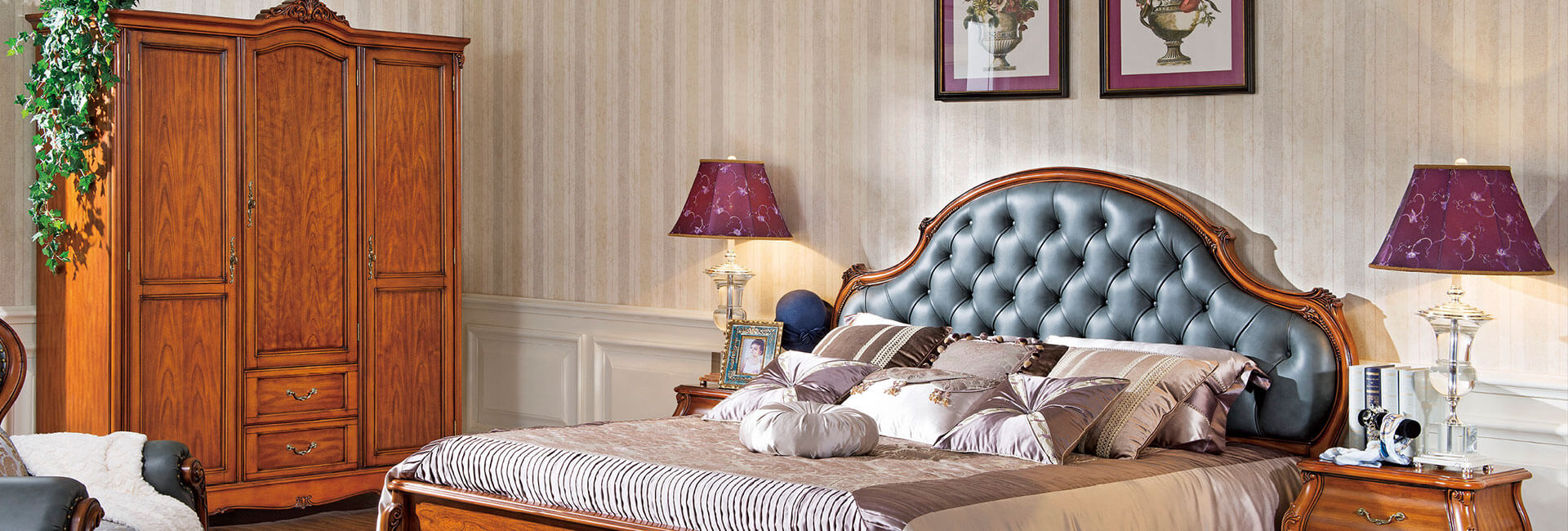
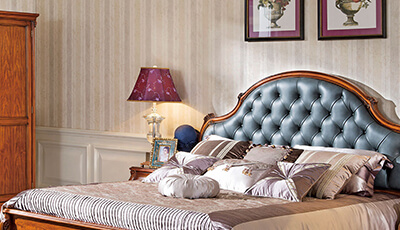
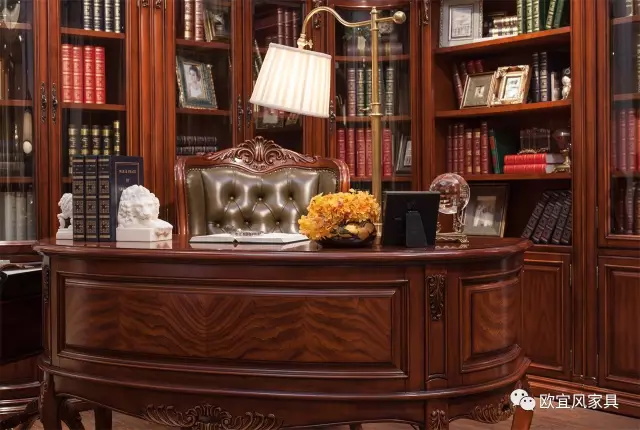
Solid wood furniture has other materials furniture unparalleled health and environmental performance. But because of the production cycle and production process of solid wood furniture can not be omitted and production costs are high and expensive. And a lot of people only know its expensive, but do not know the production process of solid wood furniture is extremely complex, the technical requirements of workers extremely high.
Solid wood furniture production generally has four steps: preparation-carpentry-painting-packaging, which contains more than 40 procedures! The following Zhejiang Ouyi Furniture will take everybody to see together!
Preparation
1, Wood drying:
The moisture content of wood is controlled at 8%-10%, and the wood after drying is not prone to burst deformation.
2. Balance:
Put the dry wood for a period of time, so that the wood to restore its balance;
3, the selection of material ingredients:
Wood Products Anqi parts can be divided into external materials and temporal materials, as well as three kinds of dark materials. Exterior materials are exposed outside, internal materials are used to refer to the internal products, such as internal files, backplane and so on. Dark Materials refers to the normal use of the situation can not see the parts, such as drawer guides, packaging panels and so on.
4. Coarse planing:
The thickness of the wool plate is fixed.
5, wind Shear:
Trim length of wool sheet. The blanking length is lengthened by 20mm as required.
6, Trimming:
Cut off burrs that cannot be used on a woolen sheet.
7, with Board:
Wood Board selection is divided into straight lines, mountain lines, color matching, the width of the plate according to the required width of reasonable allowance. When the material is selected, the inner fissure, the end crack, the knot scar, the blue change and the rotten part are removed.
8, Cloth glue:
In the wood evenly between the glue, glue ratio: curing agent (10-15 grams), puzzle glue (100 grams) ratio, each glue 500 grams.
9, Puzzle Board:
Use the puzzle machine to assemble the wood, to pay attention to the height difference, length difference, color difference, knot scar.
10, Aging:
The cloth glue completes the wood to place about 2 hours, lets the glue solidify.
11, Sand Planing:
Dig away the excess glue between the wood so that there is no extra glue on the wood board.
12, saw cut fixed width:
The wood is set wide by a single saw.
13. Four-plane forming:
Dig out the wood according to the shape you need.
14, keep the wood:
Place the wood naturally for about 24 hours.
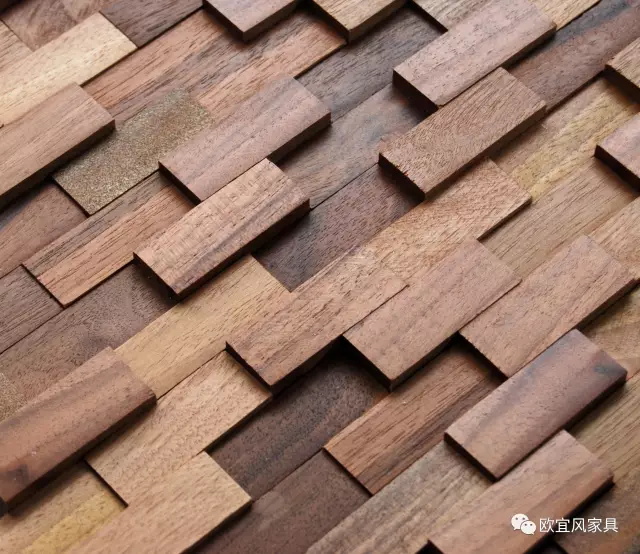
Woodworking
15, wide sand fixed thickness:
Coarse sand once sand 0.2mm, polishing sand once sand 0.1mm.
16. Fine Cutting:
To the length of the wool, the processing process to achieve no stubble, blackening, long and wide processing error does not exceed 0.2mm,1 meters below the diagonal ≤0.5mm,1 meters above the diagonal should be ≤1mm.
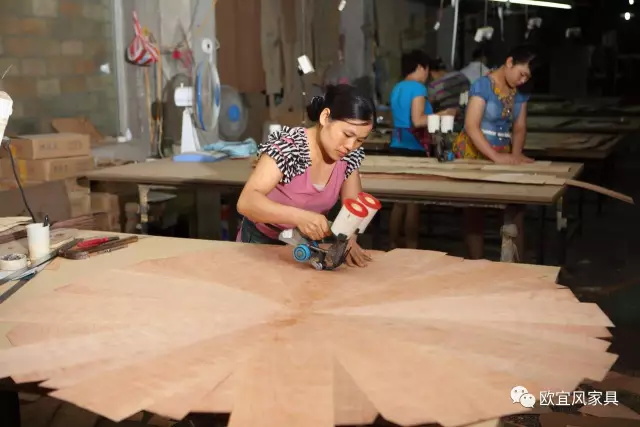
20. The Group stands:
The group does not need to disassemble the parts, the group should prepare before the preparation, all must assemble the part according to the drawing processing request inspection to be correct, the component does not have the collapse mouth, the burr, The Blackening phenomenon, the first piece is installed after the recovery ruler and the drawing craft does not have the error the case The formation of glue in the process of uniform coating, the group of semi-finished products, should be without the nail, leakage nail phenomenon, combined closely, glue wipe to clean.
21. Large Group:
Test assembly inspection and drawing error. The difference from the group is the finished product after the big group.
22, finished product inspection sand:
The finished product sanding, to achieve smooth, no sand marks, corner consistent.
23. Balance:
Place parts naturally for a period of time.
24, coating on line inspection sand:
Re-polish the surface of the workpiece, especially the capillary fibers on the wood surface. At the same time check the white body defects have been handled well, such as: repair bad, sanding bad, cracking, deformation and so on.
25, Blowing dust:
The dust on the surface of the workpiece is blown clean.
17, Molding:
According to the drawings of the wood processing molding. Processing is not allowed to have stubble, burr, jumping knife and blackening phenomenon, the surface of the parts should be smooth, flat, before processing inspection equipment parts screws loose, the template is installed specifications, whether the tool is loaded, the component size error does not exceed 0.2mm.
18. Drilling:
According to the technical requirements of the drawings drilling, the process to achieve no collapse, no thorn phenomenon, hole position processing error shall not exceed 0.2mm, the product to do matching drilling, often test equipment, diligent inspection, to ensure product quality.
19, Parts bolt Sand:
Sanding accessories, sanding good finished products should be flat, no sand marks, the same corner. Before the inspection of sand should understand the use of parts, first fill the soil after sanding.
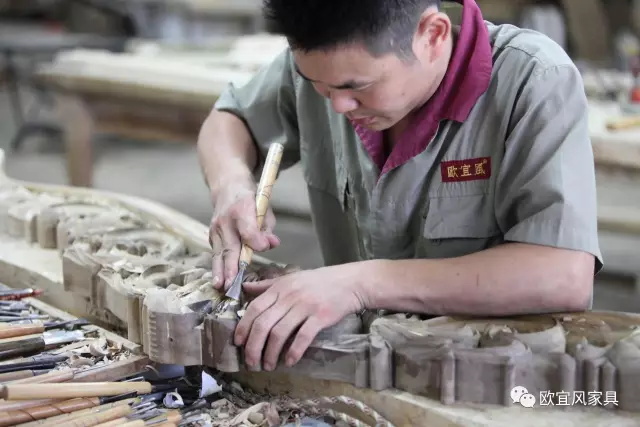
Painting
26, paint the process of the first step is to rub color:
Need to test first, to confirm whether the color agent is correct and moderate. Wipe the color before you need to stir evenly, until there is no sediment, the use of brush must first clean, wipe the cloth must not fade cloth;
27, Bottom coloring:
According to the requirements of the color swatch, the color difference between the materials through the background adjustment.
28, the head of primer:
Before spraying, the dust should be blown clean to check whether the color effect is good. Head primer concentration of 16 seconds, spraying thickness of a cross.
29, Dry:
Finish spraying after 6-8 hours.
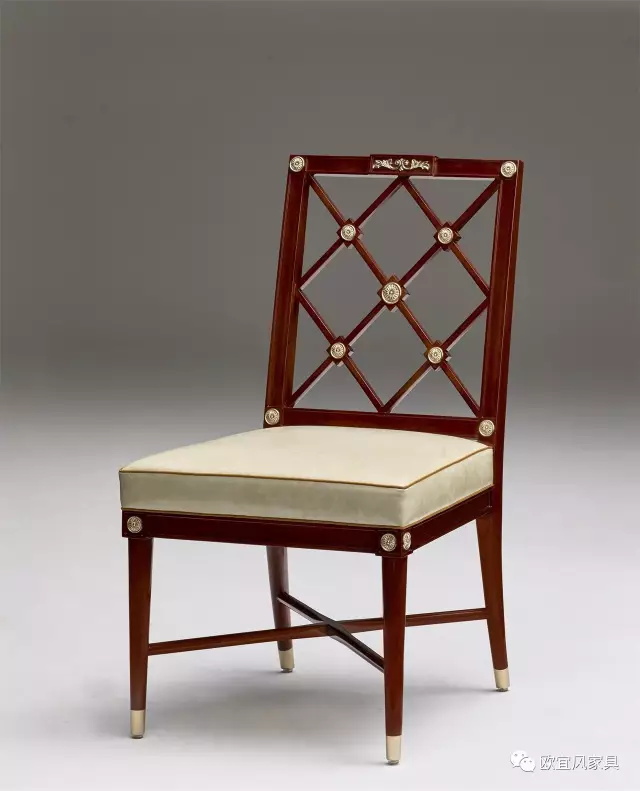
30, Clear sand:
First to fill all scratches, and then use sandpaper gently sand again, mainly will be sprayed after the product produced by the Burr sand off.
31, two degree primer:
Before spraying, the dust is blown clean, the primer concentration is 18 seconds, and the thickness is a cross.
32, Dry:
Finish spraying after 6-8 hours.
33, Clear Sand:
First will have a defective place to fill in place, and then use sandpaper to polish the paint surface smooth, flat, paint can not have a larger bright spot.
34, three degree primer:
Before spraying, the dust is blown clean, the primer concentration is 16 seconds, and the thickness is a cross.
35, Dry:
Finish spraying after 6-8 hours.
36, Clear Sand:
Use 400# sandpaper to polish and smooth the paint surface, the paint surface does not allow a bright spot.
37, Color Repair:
The color must first check whether the product is good, dust and contaminants on the product need to clean up. By the technical staff to deploy a good color, and then the color board to repair a prenatal sample, by the field supervisor to determine the color behind the operation.
38. Oil Sands:
After the color of the product must be dry for 4-6 hours, and then 800# sandpaper will be polished smooth surface of the product. The grinding process should pay attention to prevent leakage, color paint dozen flowers and so on.
39. Topcoat:
Before the surface of the paint to check whether the product is good, the product surface is smooth, surface dust and attachment must be cleaned. The finish is 11-12 seconds, and the thickness is a cross.
40, Dry:
Stay dry for 4 hours.
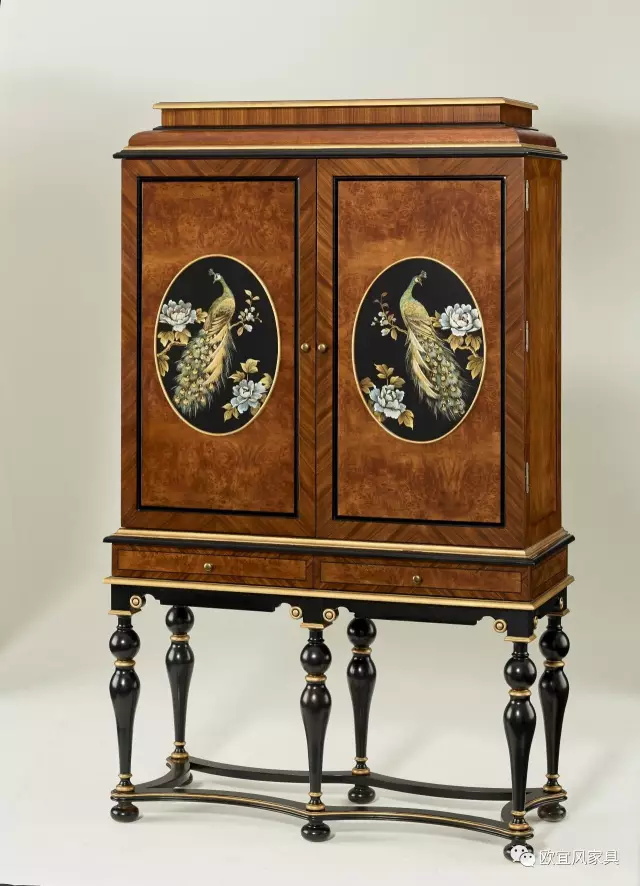
41, inspection, visual:
Check product overall color collocation is consistent, can not have different shades of the phenomenon. In natural light to see whether the paint surface is flat, whether there is flow hanging, spraying unevenness, resulting in orange peel and leakage of spray, fog and white phenomenon. Hand Touch: Touch the paint with the hand, check the surface is smooth, whether there are particles. Use your hands to feel the texture of the paint and feel good.
42, point color:
Repair the defects on the surface of the workpiece.
43, Blowing dust:
The dust on the surface of the workpiece is blown clean.
44, Packaging:
Packaging products.
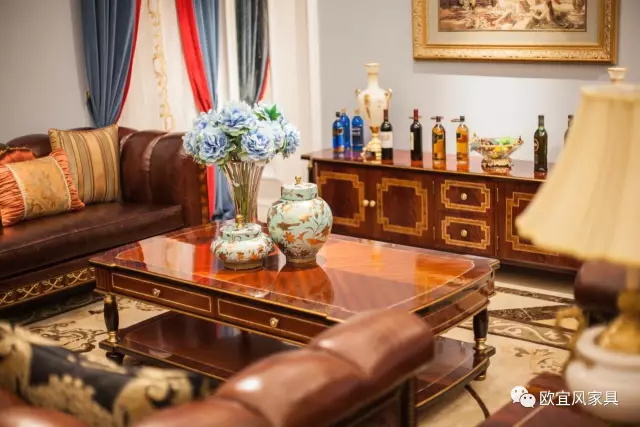
How much furniture can a ton of wood do?
The loss of moisture after drying is 15%
Average loss of flat saw 8%
Planing loss 8%
Carving Molding Loss 18%
Split damage, white fat, total minus 20% loss.
A ton of wood, its actual utilization rate is only 31%, even lower!
To quality or price, you must have a number in mind. Ouyi, a lifetime of furniture, you deserve to have.
-END-
